5 key customer Loyalty tactics you need to consider for China.



Jean-Baptiste Le Blan
Catégorie : Tendances marché
A whopping 82 % of Chinese customers have claimed that they would spend more if they were offered a loyalty scheme, according to iResearch. This is encouraging to any international brand looking to import a successful global loyalty program or to create a local one to drive retention from the notoriously elusive Chinese consumer. However, just like all marketing strategies, loyalty tactics also require critical tailoring to resonate with Chinese customers’ unique expectations. At the present time, loyalty schemes in China are generally concentrated on 5 key tactics either separately or in conjunction with each other.
This comprehensive article will give you a detailed understanding of popular customer schemes you can leverage for your localization, as well as the do’s and don’ts for building a highly performing loyalty program in China.
By far one of the most common strategies used, especially for service businesses such as restaurants, hairdressers, gyms, etc., where customers are offered extra credit or discounts if they prepay a certain amount. A localization example being when superstar chef Joel Robuchon opened its first restaurant in Shanghai: customers were offered a tiered prepaid membership program. China appears to be the only country where the premium chain is offering such a scheme.
Joel Robuchon’s loyalty card for China offers between 10 to 20 % extra credit depending on how much you deposit (left), a scheme you typically find in Chinese service businesses such as beauty salons (right).
Recommendation: to maximize your potential membership coverage, make sure you cover all possible tiers. For example, opening a 1,000 RMB prepaid tier helped a beauty chain to target highly deal-sensitive visitors from booking platforms such as Dazhong Dianping 大众点评 or Alibaba Koubei 口碑.
In their battle for market share, China’s Internet giants have all followed Amazon Prime’s footsteps by launching their paid memberships and bundling an ever-increasing number of services and perks. Including discounts and gifts, bundled video and music streaming platform memberships, movie tickets, and cross benefits with an increasing number of partner brands. Alibaba’s 88VIP, JD PLUS, and Ele.me Super programs are all massive successes and provide the dual benefit of further securing the platforms’ market share in China while raising awareness of other businesses they own, recruiting massive numbers of new customers without ever having to leave the platform.
Alibaba’s VIP status access and the attached benefits across the whole Ali ecosystem.
In the case of Alibaba’s 88VIP, unlike Amazon Prime, the pricing rewards the most active users: the program costs 88 RMB a year (12 EUR) or 888 RMB a year (120 EUR) based on a score that incentivizes customers to write reviews, shop across a variety of product categories, and interact with other Alibaba customers via Q&A sections. This creates a virtuous cycle of trust for the customers, the platform, and the merchants.
Recommendation: while the scale and benefits of such programs are impossible to offer for the average international brand, leveraging their popularity can still be very beneficial. You can:
You are eligible to Marriott’s silver tier if you have more than 1,000 Taobao points, and 88VIP members have direct Marriott gold status.
Often used in combination with paid loyalty, coalition is a collection of loyalty benefits from multiple non-affiliated brands under one single platform. In the West, coalition loyalty is typically offered by credit cards and travel brands such as hotels and airlines, but in China, the strategy has been much more widely adopted, especially by offline businesses such as malls and department stores.
The Joy City department store chain is a typical example. Their Joy Pay App and WeChat Mini Program automatically give points for any purchase, regardless of the store/brand. Joy City has also implemented sharing of benefit rewards with O2O platforms such as DiDi Chuxing 滴滴出行 (China’s Uber) and Alibaba Koubei 口碑 (Group buying app). Members of the Chengdu venue can enjoy free doctor appointments, medical examinations, and other family health benefits.

In 2017, Joy City’s 3 million members contributed to 88 % of the total turnover. Their average consumption was 3 times higher than non-members, and 30 % of them spent 10,000 RMB per year or more.
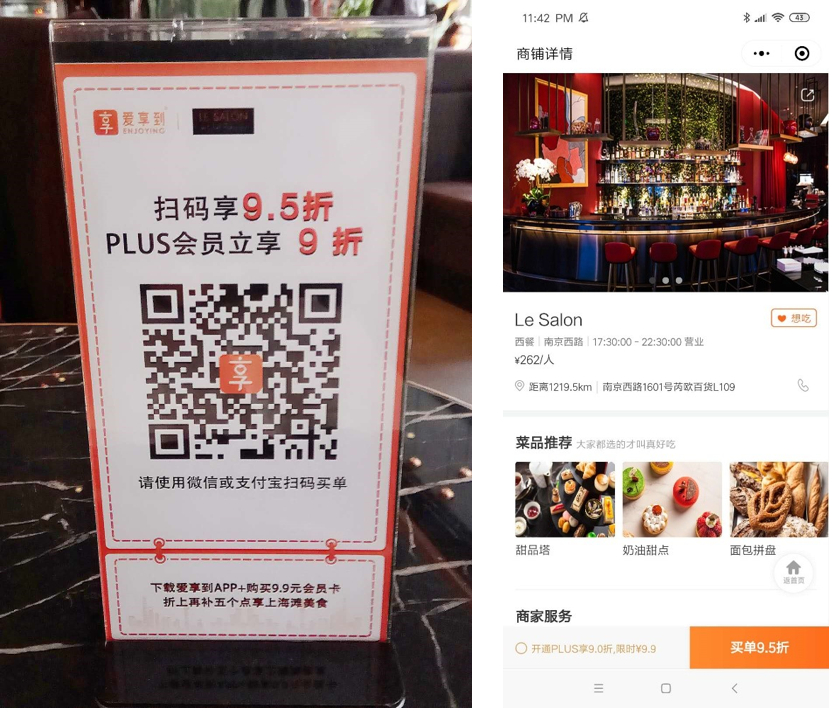
Recommendation: consider catering to all your customer segments and meet them where they are. Coalition loyalty tactics and your own brand schemes are not necessarily mutually exclusive.
While these tactics are usually a more investment-heavy and sophisticated type of loyalty strategy, China’s unique and hyper-connected digital ecosystem has made it a lot easier and seamless to reward specific user behaviors. In the West, it is most often used by brands who are already leaders in their category to consolidate market share, but in China, digital-savvy brands, large and small, identify ambassadors by allocating points, rewards, and VIP access for non-transactional activities that the consumers perform.
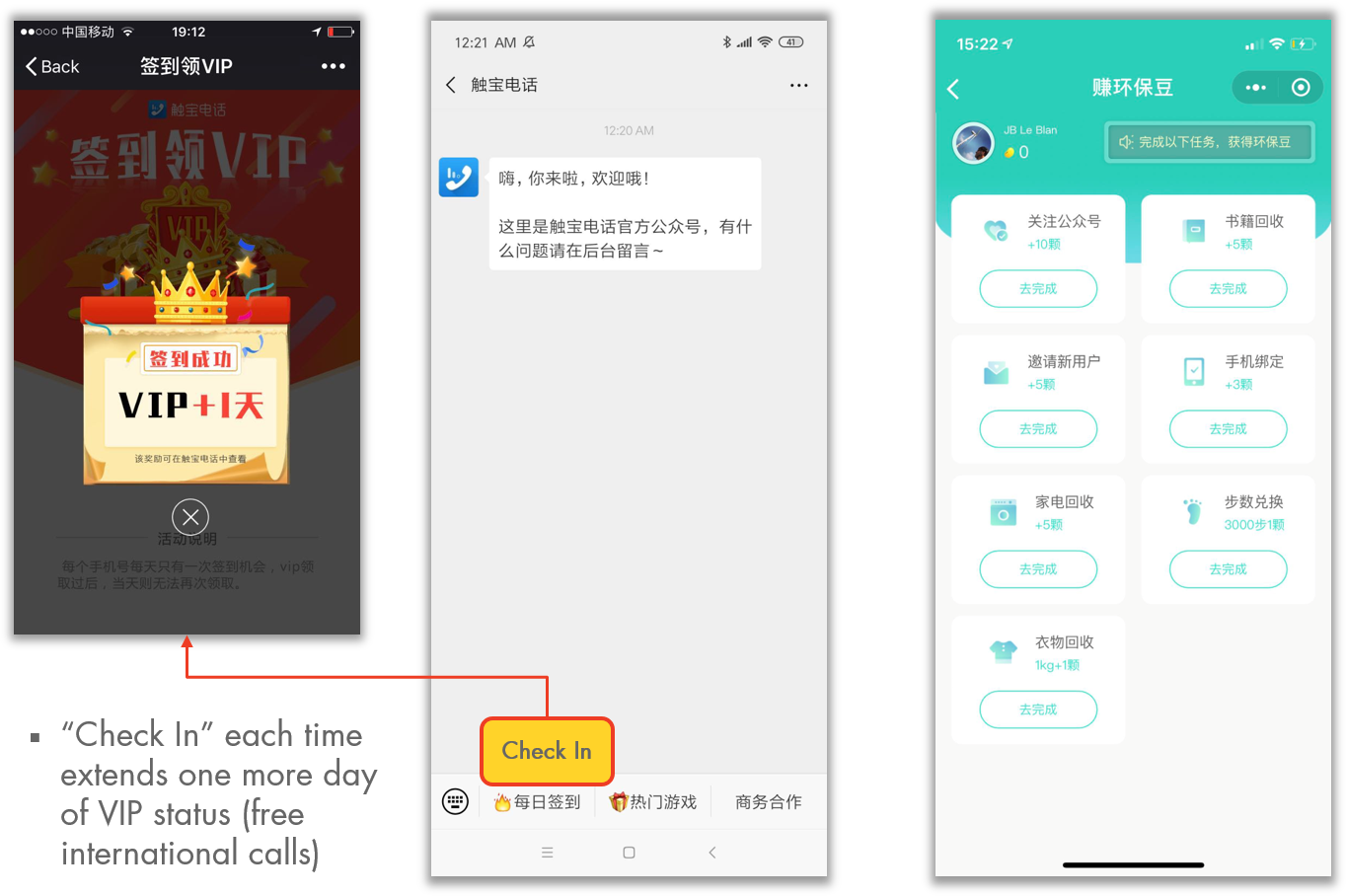
Recommendation: First, reward what has the greatest long-term value for your brand. E.g., following your WeChat Official Account allows your customer to be reached directly. You can also reward habit building, such as repeat online or offline visits over a week or month, etc. Gamification is increasingly popular, especially amongst millennials: consider making your Chinese customers earn badges and statuses based on their engagement. Finally, consider all engagement activity which qualifies the customer ahead of purchase. Some examples include giving free access to online fitness classes before selling workout gear and providing lessons in managing one’s budget before offering a savings account.
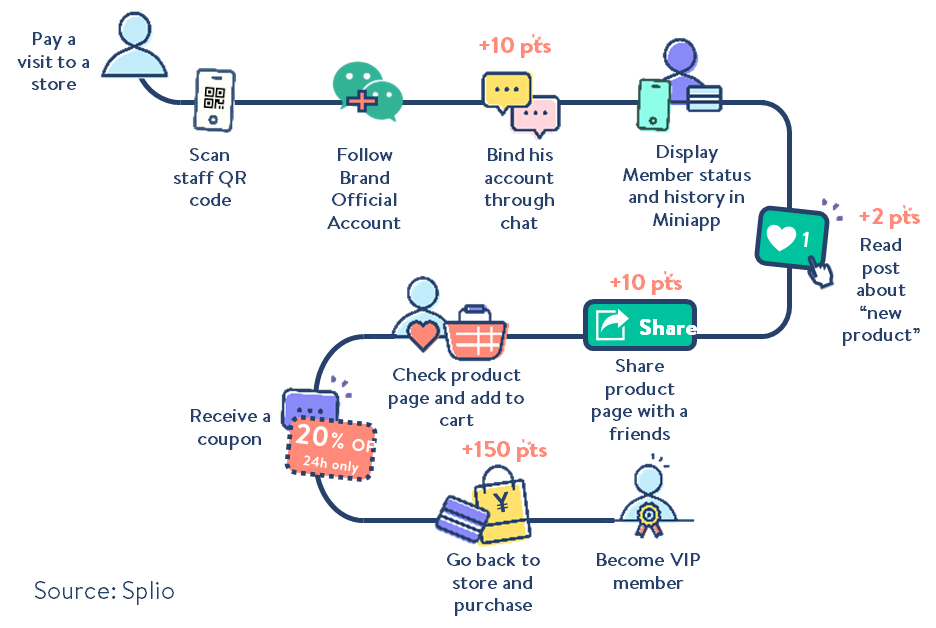
The size of your loyalty program (its penetration among your customer base and critical mass) is obviously a core contributing factor to its success – being ROI positive.

With 94 % of Chinese individuals age 18+ participating in at least one loyalty program (iResearch) and the number of programs available ever increasing, your program’s value must stand out, and you need to give your customers a good reason to get onboard. Penguin Intelligence shows that the main advantage Chinese customers are expecting from a loyalty program is value first (in the form of savings), followed by enjoyment of member benefits and exclusive services.
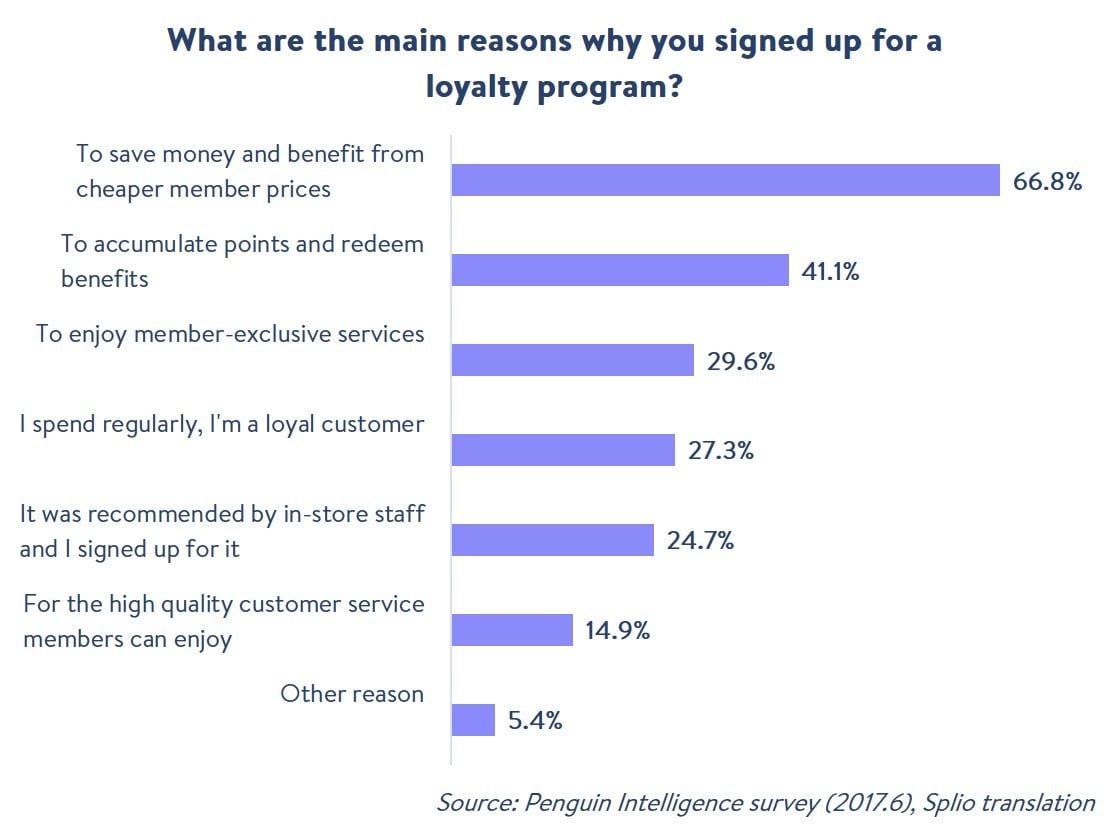
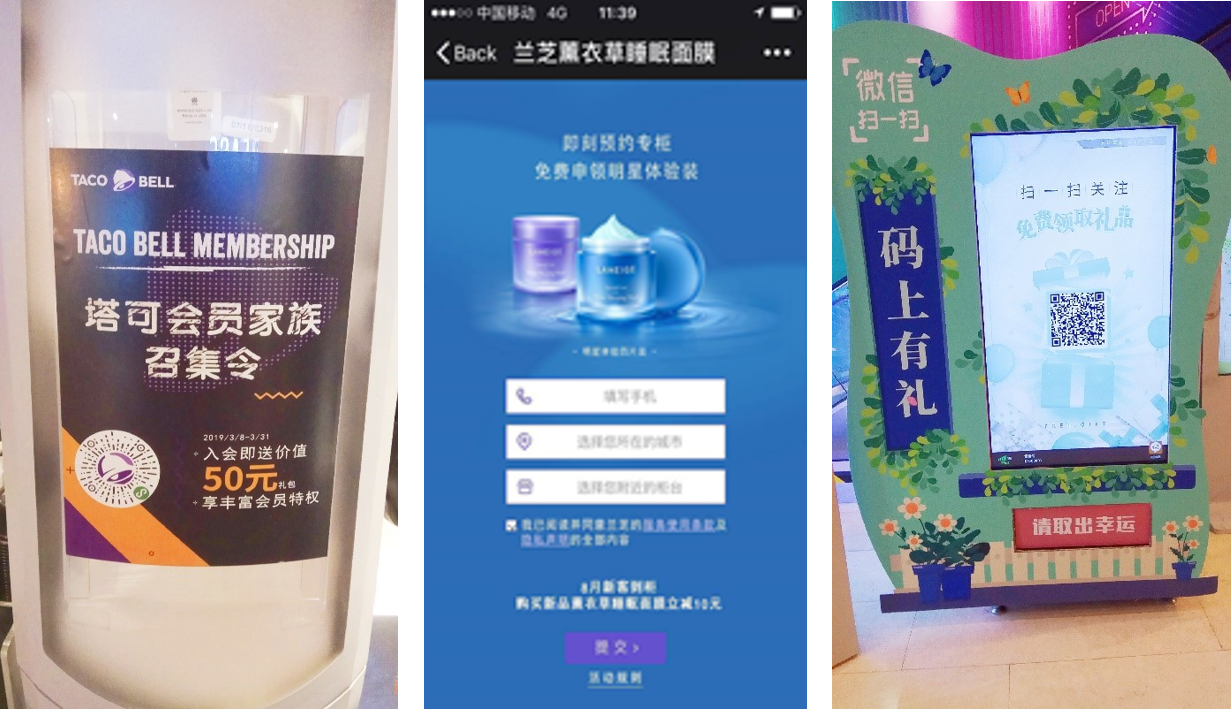
Recommendation: find the right balance for the value exchange; Chinese consumers are very willing to trade registration and information for convenience. Also, don’t forget to test! A large retail chain realized that lowering their member welcome coupon from 5 RMB to 3 RMB barely affected the onboarding rate, which saved them hundreds of thousands.
How effective the above tactics are for your business will depend a lot on how your vertical dictates your brand loyalty strategy. Based on how much brand differentiation in your category, and how much involvement is required from the customer in the purchase, the customer loyalty you can achieve will vary greatly Penguin Intelligence describes two main loyalty membership modes (loose vs. strong): which one applies best to your business?
Put these tactics in action! Download our whitepaper on how to design your Loyalty Program in two weeks:
{{cta(‘5030d10b-a403-463e-808f-3033b5ce1eb6’)}}
Sources:
– iReseach x Loyalty China 2017 Loyalty Program in China Whitepaper (2017忠诚度计划白皮书)
– Tencent Penguin Intelligence 2018 China Membership Economy Report (2018中国会员经济数据报告)
To get regular insights on how to develop and strengthen your Loyalty strategy in China, scan the QR code to follow us on WeChat!
Sommaire